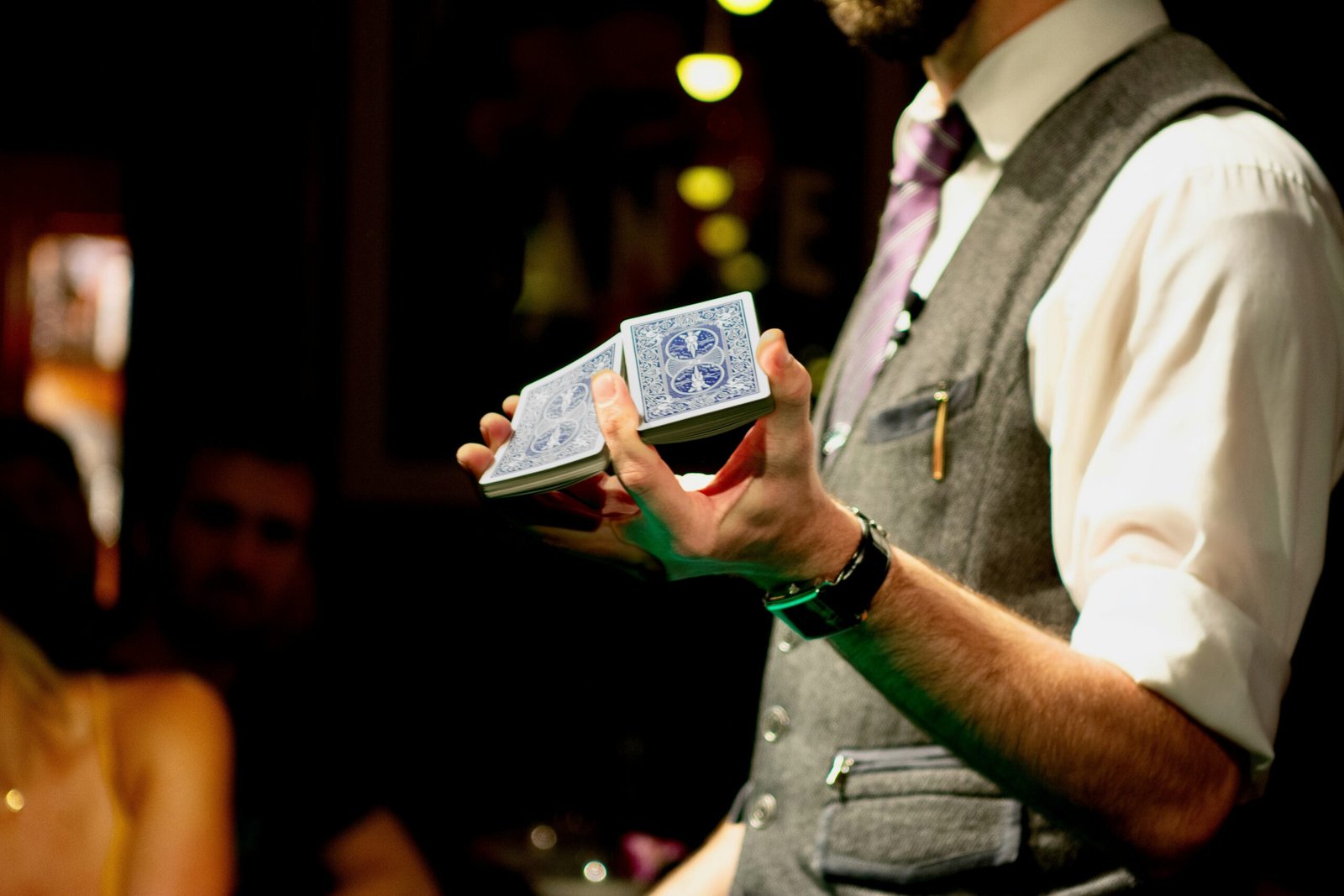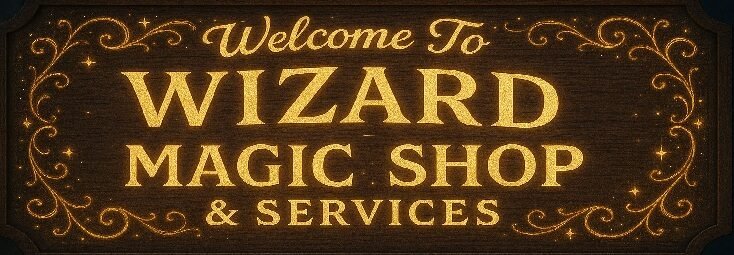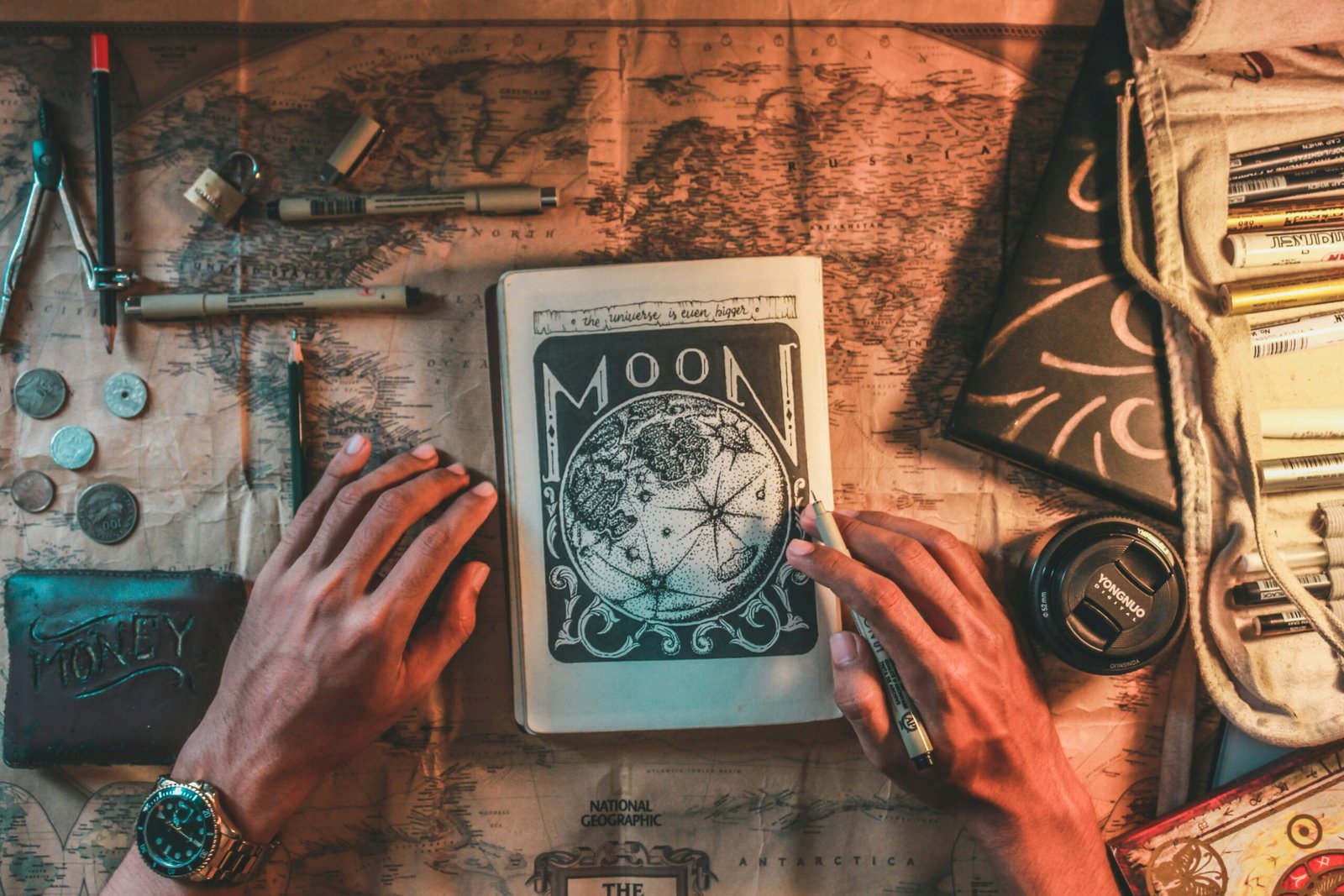The Art of Close-Up Magic: Astonishment Up Close

Photo by <a href="https://unsplash.com/@josephjtwo" rel="nofollow">Joseph Two</a> on <a href="https://unsplash.com/?utm_source=hostinger&utm_medium=referral" rel="nofollow">Unsplash</a>
Close-up magic is a captivating art form that requires immense skill, precision, and creativity. It is an intimate experience that allows the audience to witness the magic up close and personal, creating a sense of wonder and amazement that is hard to replicate in other forms of magic.
One of the defining features of close-up magic is the use of everyday objects. Whether it’s a deck of cards, a coin, or a simple piece of rope, close-up magicians are able to transform these ordinary items into extraordinary manifestations of magic. They manipulate these objects with such dexterity and finesse that it becomes almost impossible to discern how the trick is being done.
Sleight of hand is a fundamental technique employed by close-up magicians. It involves the skillful manipulation of objects in a way that is imperceptible to the audience. Through years of practice and dedication, magicians are able to perform intricate moves and maneuvers that create the illusion of magic. From palming a card to making a coin disappear and reappear, these sleights are the building blocks of close-up magic.
However, close-up magic is not solely reliant on sleight of hand. Misdirection plays a crucial role in enhancing the overall effect of the magic. Magicians use various techniques to divert the audience’s attention away from the secret moves and actions taking place. By controlling the audience’s focus and perception, magicians are able to create moments of astonishment that defy logic and reason.
Showmanship is another important aspect of close-up magic. It is not just about performing tricks, but also about entertaining and engaging the audience. Close-up magicians possess a charismatic stage presence that captivates the spectators and draws them into the world of magic. They use humor, storytelling, and audience participation to create a memorable and immersive experience.
Close-up magic is a versatile art form that can be performed in various settings. From intimate gatherings and private parties to corporate events and even on the streets, close-up magicians have the ability to adapt their performances to suit any environment. The close proximity to the audience allows for a more interactive and personal experience, making it a truly unforgettable form of entertainment.
In conclusion, close-up magic is a captivating and awe-inspiring art form that brings magic to life right before the audience’s eyes. With their mastery of sleight of hand, misdirection, and showmanship, close-up magicians create moments of wonder that leave spectators amazed and questioning the boundaries of reality. It is a form of magic that truly brings the impossible within reach. Close-up magic has come a long way since its inception in the 19th century. While Jean Eugène Robert-Houdin may have been one of the pioneers of this art form, many magicians have since taken it to new heights. With advancements in technology and the availability of a wide range of props and gimmicks, close-up magicians today have an array of tools at their disposal to create mind-boggling illusions.
One of the reasons why close-up magic has gained such popularity is its ability to create an intimate and interactive experience for the audience. Unlike stage magic, where the magician performs from a distance, close-up magic allows the spectators to be mere inches away from the action. This proximity creates a sense of wonder and disbelief, as the audience members become active participants in the magic tricks.
Another factor that has contributed to the growth of close-up magic is the rise of social media and online platforms. With the advent of YouTube and other video-sharing platforms, close-up magicians can now showcase their skills to a global audience. They can share their performances, tutorials, and behind-the-scenes glimpses, attracting fans and followers from all corners of the world.
Close-up magic has also found its place in the world of entertainment and corporate events. Magicians are now frequently hired to perform at weddings, birthday parties, and even high-profile corporate functions. Their ability to engage and entertain a small group of people with their sleight of hand and mind-reading abilities has made them a sought-after addition to any event.
In recent years, close-up magic has undergone a transformation with the emergence of street magic. Made popular by magicians like David Blaine and Criss Angel, street magic takes close-up magic to the streets, performing tricks for unsuspecting passersby. This raw and unfiltered form of magic has captivated audiences worldwide, and its influence can be seen in the performances of many contemporary close-up magicians.
In conclusion, the origins of close-up magic can be traced back to the 19th century, but its evolution and growth have made it a vibrant and exciting art form in the present day. With its ability to create an intimate and interactive experience, close-up magic continues to captivate audiences around the world. Whether performed in a restaurant, at a private party, or on the streets, close-up magic has a way of leaving spectators in awe and wondering how the impossible became possible right before their eyes. Furthermore, close-up magicians must possess excellent interpersonal skills. They need to be able to connect with their audience on a personal level, establishing rapport and creating a sense of trust. This skill is especially important in close-up magic, as the magician often performs just inches away from the spectators. By building a connection with the audience, the magician can enhance the overall experience and make the magic tricks even more astonishing.
Another skill that close-up magicians must develop is adaptability. Unlike stage magicians who perform in a controlled environment, close-up magicians often find themselves performing in various settings, such as restaurants, parties, or even on the streets. They need to be able to adapt their routines and performances to suit different audiences and environments. This requires flexibility and the ability to think on their feet, making adjustments as necessary to ensure a seamless and engaging performance.
Close-up magicians also need to have a deep understanding of psychology. They must be able to read people and anticipate their reactions. By understanding human behavior and cognitive processes, magicians can effectively manipulate the audience’s perception and create illusions that are even more mind-boggling. This knowledge of psychology also helps them in interacting with the audience, as they can use their understanding of human nature to build rapport and establish a connection.
Lastly, close-up magicians must possess a strong work ethic and dedication to their craft. They spend countless hours practicing their routines, refining their techniques, and mastering new tricks. They are constantly seeking to improve their skills and push the boundaries of what is possible in close-up magic. This level of dedication and commitment is what sets apart the truly exceptional magicians from the rest.
In conclusion, the skills of a close-up magician go far beyond simply performing tricks. They require a combination of technical expertise, showmanship, interpersonal skills, adaptability, knowledge of psychology, and a strong work ethic. It is through the mastery of these skills that close-up magicians are able to create an unforgettable and awe-inspiring experience for their audience.
Types of Close-Up Magic Tricks
Close-up magic tricks can vary widely in terms of complexity and effect. Here are a few examples of popular close-up magic tricks:
Card Tricks
Card tricks are a staple of close-up magic. Magicians use a deck of playing cards to perform a wide range of tricks, including card predictions, card transpositions, and mind-reading effects. Some card tricks require advanced sleight of hand techniques, while others rely on mathematical principles or clever gimmicks.
Coins Tricks
Coin tricks are another popular category of close-up magic. Magicians can make coins vanish and reappear, change from one denomination to another, or even pass through solid objects. Coin tricks often require precise finger manipulation and sleight of hand skills.
Sponge Ball Tricks
Sponge balls are soft, squishy balls that are commonly used in close-up magic. Magicians can make the balls appear and disappear, multiply in number, or even transform into different objects. Sponge ball tricks often involve a combination of sleight of hand and misdirection.
Close-Up Mentalism
Mentalism is a branch of magic that focuses on mind-reading and psychic phenomena. Close-up mentalism tricks can involve predicting a spectator’s chosen word or number, revealing personal information that the magician couldn’t have known, or even bending metal objects with the power of the mind.
Another type of close-up magic trick is the manipulation of everyday objects. Magicians can perform tricks with items such as rubber bands, paperclips, and even household utensils. These tricks often involve the magician seemingly defying the laws of physics, such as making an object levitate or pass through another solid object.
One popular close-up magic trick that falls under the category of object manipulation is the linking rings trick. This trick involves the magician taking a set of metal rings and linking them together in various ways, only to separate them again without any visible means of doing so. The linking rings trick requires a combination of sleight of hand and precise timing to create the illusion of the rings magically linking and unlinking.
Close-up magic tricks can also involve the use of small props and gimmicks. For example, a magician may use a small, specially designed device called a thumb tip to perform tricks with small objects, such as making a silk handkerchief disappear and reappear. Another popular prop used in close-up magic is the magic wand, which can be used to perform a variety of tricks, from making objects appear and disappear to transforming one object into another.
In addition to these specific types of close-up magic tricks, there are also many variations and combinations of these tricks. Magicians often create their own unique routines by combining different tricks and techniques to create a seamless and captivating performance. Close-up magic allows for a more intimate and interactive experience with the audience, as the tricks are performed right in front of their eyes, often using objects that they can touch and examine.
Connection
One of the reasons why close-up magic is so appealing is the strong sense of connection it creates between the magician and the audience. Unlike stage magic, where the magician is often separated from the spectators by distance and barriers, close-up magic allows for a more direct and personal interaction. The magician is able to engage with each individual spectator, making them feel like a part of the magic. This connection not only enhances the overall experience for the audience but also makes them feel special and involved.
Suspense
Another factor that adds to the appeal of close-up magic is the element of suspense that it brings. As the magician performs tricks right in front of the audience’s eyes, there is a constant anticipation of what will happen next. The spectators are on the edge of their seats, eagerly waiting to see if the magician will be able to pull off the impossible. This suspense creates a thrilling and captivating atmosphere that keeps the audience engaged throughout the performance.
Accessibility
Close-up magic is also highly accessible to a wide range of audiences. Unlike some forms of magic that require elaborate props or large stages, close-up magic can be performed using everyday objects that are readily available. This accessibility makes close-up magic relatable and relatable to the audience, as they can easily imagine themselves performing similar tricks. It also makes close-up magic more inclusive, as people of all ages and backgrounds can appreciate and enjoy the magic without feeling excluded or left out.
Interaction
Close-up magic encourages active participation from the audience, which adds to its appeal. Spectators are often invited to choose cards, hold props, or even assist in the performance of a trick. This level of interaction not only makes the audience feel more engaged but also allows them to have a personal and memorable experience. By involving the audience directly in the magic, close-up magicians are able to create a sense of camaraderie and shared excitement that is unique to this form of entertainment.
In conclusion, close-up magic has a distinct appeal that sets it apart from other forms of magic. Its intimacy, engagement, astonishment, versatility, connection, suspense, accessibility, and interaction all contribute to its popularity among audiences. Whether it is performed at a formal event or a casual gathering, close-up magic has the power to captivate and leave a lasting impression on those who witness it.






